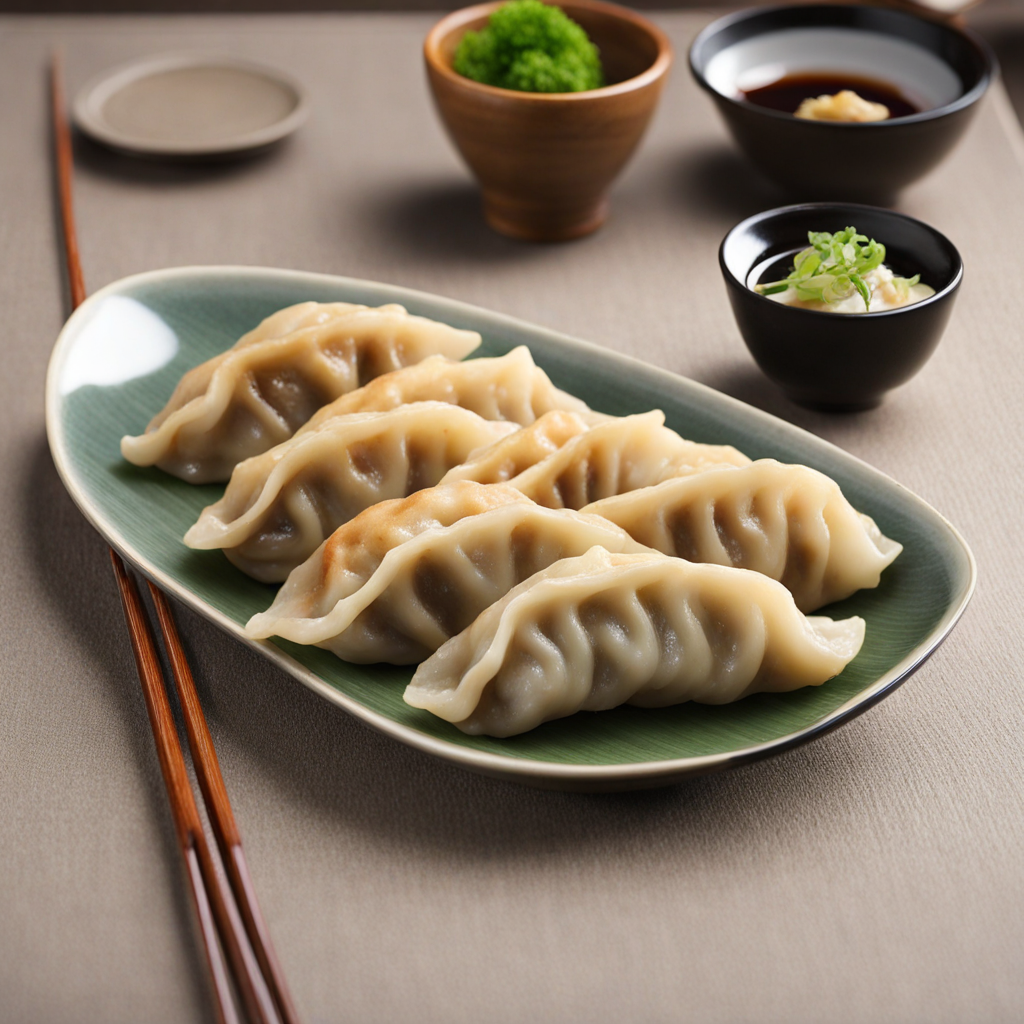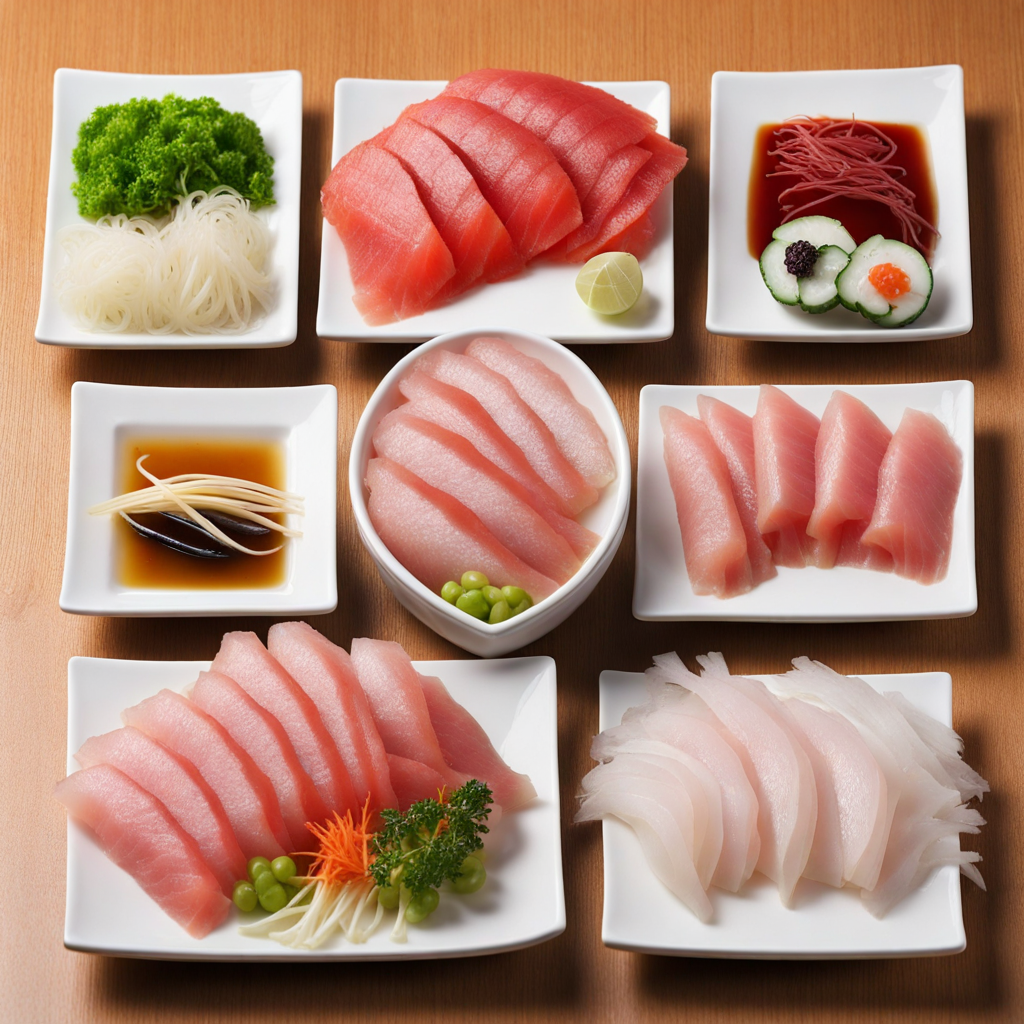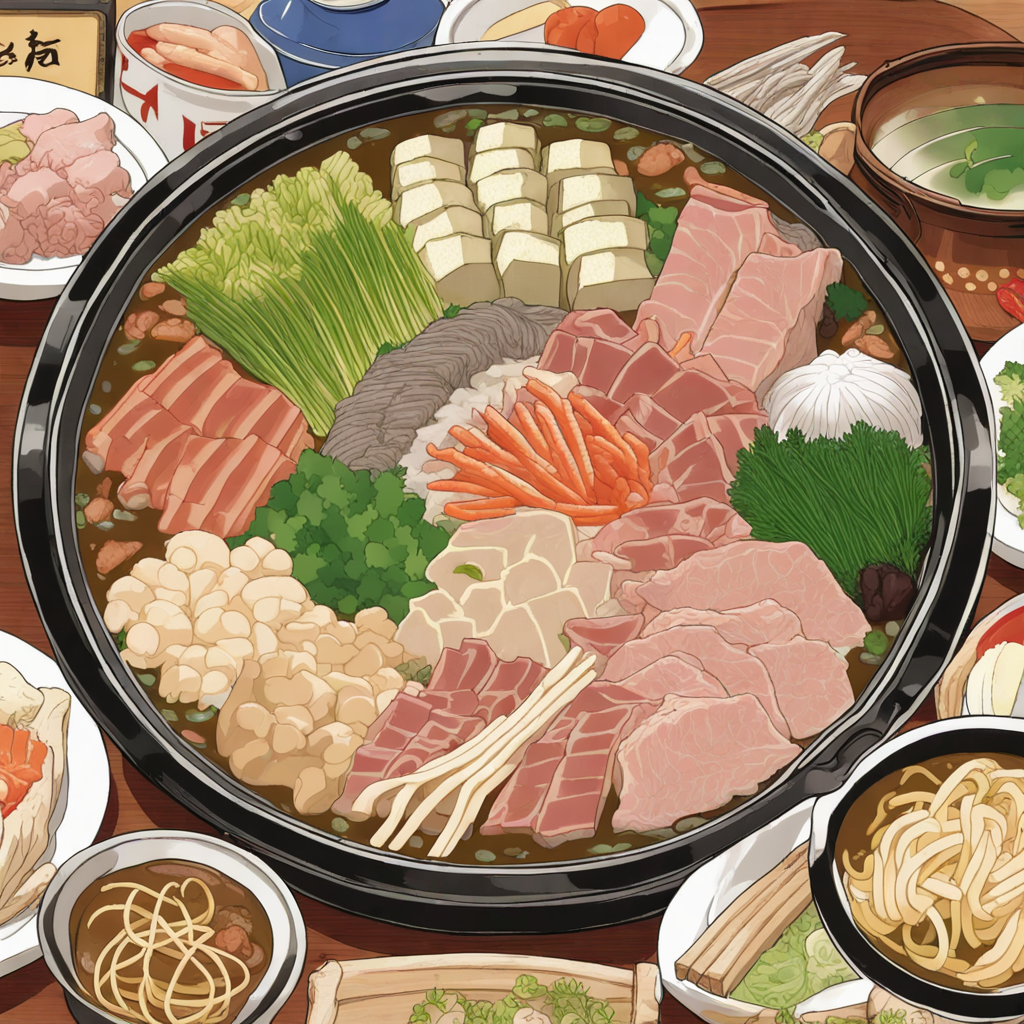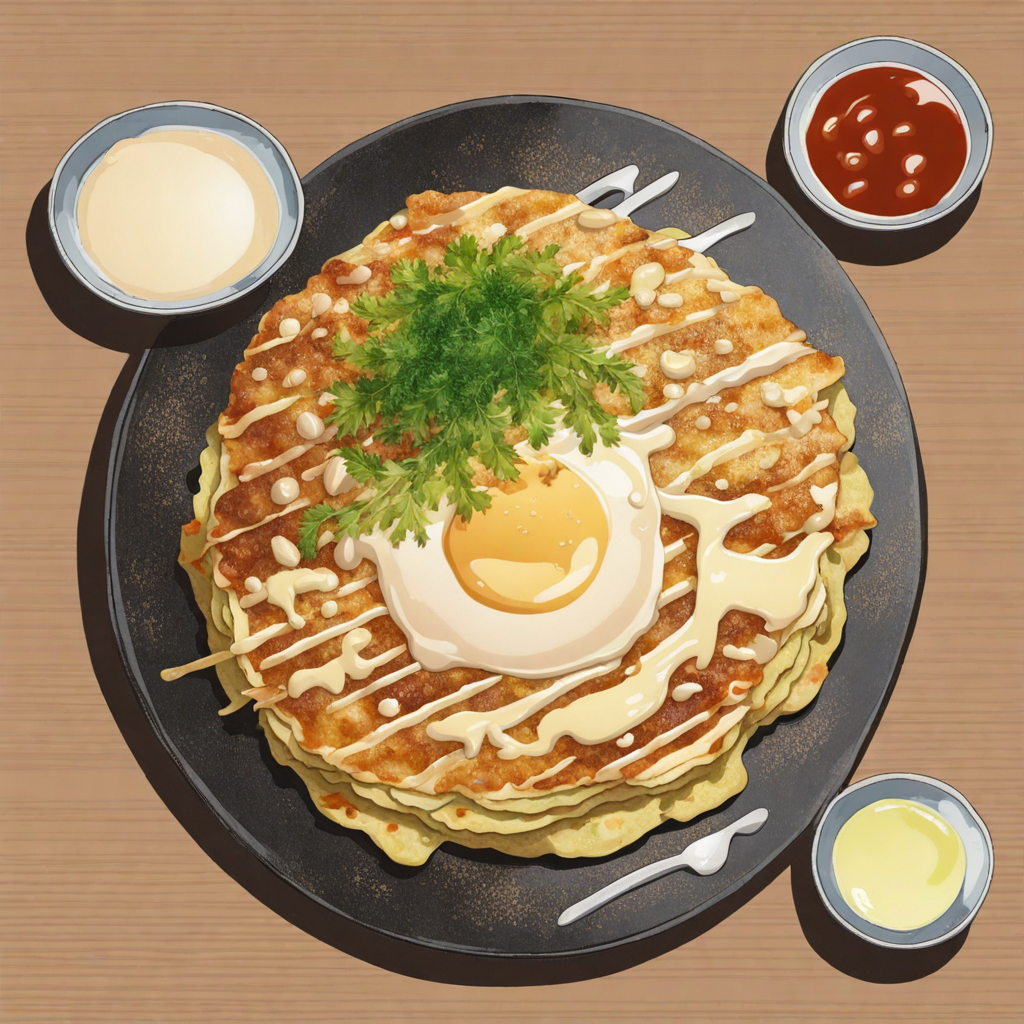Gyoza
Gyoza is a delightful Japanese dumpling that is loved for its crispy texture and savory filling. Typically made with a thin, round wrapper, gyoza can be pan-fried, steamed, or boiled, but the most popular preparation is the pan-fried version, which creates a beautiful golden-brown crust on one side while keeping the other side tender and juicy. The filling is usually a mixture of ground meat—commonly pork—combined with finely chopped vegetables such as cabbage, garlic, and scallions, seasoned with soy sauce, sesame oil, and ginger for an explosion of flavors in every bite. These dumplings are often served with a dipping sauce made from soy sauce, rice vinegar, and sometimes chili oil, enhancing their flavor profile even further. The contrast between the crispy bottom and soft top creates a delightful textural experience, making gyoza not just a dish, but a culinary adventure. They can be enjoyed as an appetizer, a side dish, or even as a main course, and they are frequently found in izakayas (Japanese pubs) and ramen shops, reflecting their popularity in Japanese cuisine. What makes gyoza truly special is its versatility; while the traditional pork filling is the most common, you can also find variations filled with chicken, shrimp, or even vegetarian options featuring mushrooms and tofu. This adaptability allows gyoza to cater to a wide range of tastes, making it a perfect dish for anyone looking to explore new flavors. Whether you're dipping them in a tangy sauce or savoring them plain, gyoza promises a satisfying experience that encapsulates the essence of Japanese comfort food.
How It Became This Dish
Origins of Gyoza The history of gyoza, the beloved Japanese dumpling, can be traced back to ancient China, where dumplings have been made for thousands of years. The original form of gyoza is thought to have evolved from the Chinese jiaozi, a similar type of dumpling that dates back to the Han Dynasty (206 BCE – 220 CE). Jiaozi were typically filled with a mixture of minced meat and vegetables, wrapped in a thin dough, and then boiled or steamed. As trade and cultural exchange flourished along the Silk Road, these delicious dumplings made their way to Japan, where they began to take on a unique identity. The introduction of gyoza to Japan is believed to have occurred during the late Edo period (1603-1868). Chinese immigrants brought their culinary traditions with them, and gyoza was one of the dishes that caught on among the Japanese populace. Initially, gyoza retained many characteristics of its Chinese predecessor, but over time, the Japanese began to adapt the dish to suit their own tastes and local ingredients. This fusion of culinary styles led to the emergence of what we now recognize as gyoza in Japan. \n\n Cultural Significance Gyoza is not just a simple food item in Japan; it holds cultural significance and is often associated with family gatherings and communal meals. The act of making gyoza can be a social event, with family members coming together to prepare the dumplings. This process often involves rolling out the dough, preparing the filling, and folding the dumplings into their signature crescent shape. Such gatherings foster a sense of community and tradition, as families pass down their recipes from generation to generation. In Japan, gyoza is commonly enjoyed alongside beer or sake, making it a popular choice in izakayas (Japanese pubs) and during casual dining experiences. The dish has also found its way into popular culture, appearing in various anime, manga, and television shows. This visibility has helped cement gyoza's status as a comfort food that resonates with people of all ages. \n\n Regional Variations As gyoza became more widely embraced throughout Japan, regional variations began to emerge. Each area developed its own unique take on the dumpling, resulting in a diverse array of flavors and preparations. For example, in Osaka, gyoza is often grilled to achieve a crispy bottom while retaining a succulent filling. Meanwhile, in Tokyo, the dumplings are frequently served with a dipping sauce made from soy sauce, vinegar, and chili oil, enhancing the overall flavor profile. One notable variation is Yaki Gyoza, which is pan-fried to achieve a perfect balance of crispy and tender textures. This method of preparation has become the most popular way to enjoy gyoza in Japan. Another regional adaptation is Shumai, which are steamed dumplings that often feature a similar filling to gyoza but are wrapped in a thinner, more delicate dough. \n\n Ingredients and Preparation Traditionally, gyoza is made with a filling that consists of ground pork, garlic, ginger, and finely chopped vegetables such as cabbage and green onions. The choice of ingredients can vary widely, with some recipes incorporating shrimp, chicken, or even vegetarian options to cater to diverse dietary preferences. The wrappers, made from flour and water, are rolled out to a thin consistency to create the perfect envelope for the flavorful filling. The preparation of gyoza is a skillful art that requires practice. Home cooks often take pride in their ability to fold gyoza neatly, ensuring that the filling is securely enclosed. Cooking methods can also vary; while pan-frying is the most common, gyoza can be boiled, steamed, or even deep-fried, each method offering a different texture and taste experience. \n\n Gyoza in Modern Times In contemporary Japan, gyoza has not only retained its popularity but has also transformed into a culinary phenomenon. The rise of food culture and the influence of social media have led to an increased interest in gyoza, inspiring chefs and home cooks alike to experiment with flavors and presentations. Innovative fillings such as cheese, kimchi, and even dessert versions have emerged, reflecting a growing trend of fusion cuisine. Moreover, gyoza has gained international acclaim, with Japanese restaurants around the world serving their own interpretations of this classic dish. In places like the United States and Europe, gyoza is often found on menus as an appetizer or snack, further solidifying its status as a global food icon. The growing popularity of Japanese cuisine has also contributed to the proliferation of gyoza-making kits and pre-prepared gyoza available in grocery stores, making it easier for enthusiasts to enjoy this dish at home. \n\n The Future of Gyoza As the culinary landscape continues to evolve, gyoza remains a symbol of Japanese culture and tradition. The dish embodies a balance of flavors, textures, and communal experiences, making it a cherished staple in Japanese cuisine. As new generations of cooks and food lovers explore the art of gyoza-making, the dish is likely to continue adapting and transforming, ensuring its place in both traditional and modern dining contexts. In recent years, sustainability has also begun to influence gyoza production. Many chefs are sourcing local and organic ingredients, reflecting a broader movement within the culinary world to prioritize sustainability and environmental consciousness. This shift may lead to new interpretations of gyoza that honor traditional methods while embracing contemporary values. \n\n Through its rich history, cultural significance, and ongoing evolution, gyoza stands as a testament to the beauty and complexity of Japanese cuisine. From its origins in ancient China to its beloved status in modern Japan and beyond, gyoza is more than just food; it is a symbol of connection, creativity, and culinary heritage. As we indulge in this delectable dish, we are not only savoring its unique flavors but also participating in a longstanding tradition that continues to bring people together across generations and cultures.
You may like
Discover local flavors from Japan







